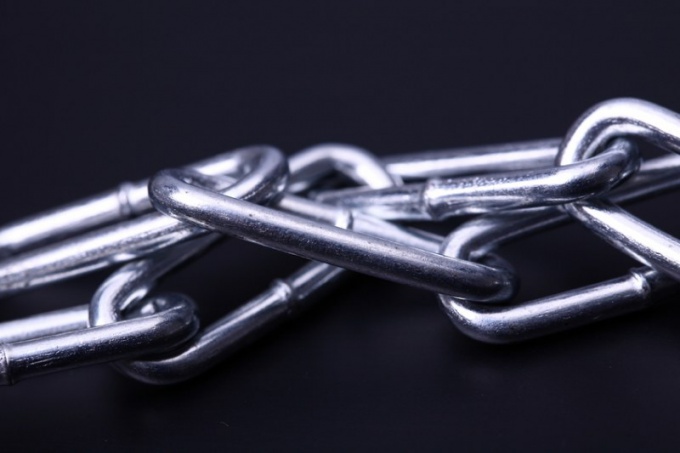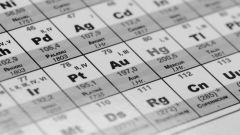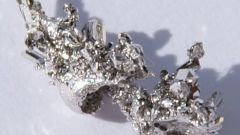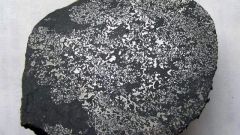Instruction
1
Under normal conditions, all metals, except mercury, are in solid aggregate state. Nonmetals can be solid, liquid and gaseous. Metals plastic, i.e., well bend, and nonmetals brittle when you try to bend them they break. For metals the characteristic metal Shine and glitters only nonmetals crystalline iodine. Metals have good thermal conductivity and electrical conductivity, unlike nonmetals. So you can define a group of simple substance by its physical properties.
2
To determine the metal and nonmetal from the periodic table, swipe a diagonal line from boron to astatine. The items above this line are nonmetals, below the line – to metals. All chemical elements of side subgroups belong exclusively to metals. Thus, you can clearly see that the metal elements in the table a lot more.
3
In the main subgroup of the first group are the alkali metals: lithium, sodium, potassium, rubidium, cesium, France. They are so named because when dissolved in water formed lye, soluble hydroxides. The alkali metals have an electron configuration outer energy level ns1, i.e., the outer shell containing one valence electron. Giving this electron, they exhibit reducing properties.
4
The main subgroup of the second group consists of the alkaline earth metals: beryllium, magnesium, calcium, strontium, barium, radium. These substances are gray in color, at room temperature they are solid. Electronic configuration of alkaline earth metals on the outer energy level of ns2.
5
Elements of side subgroups of the periodic table belong to the transition metals. In atoms of these elements have valence electrons in d-orbital and f-orbitals. Transition metals have variable oxidation States. In lower oxidation States they exhibit basic properties, higher – acid, intermediate – amphoteric.
6
The upper right corner of the periodic system of the elements are nonmetals. On the outer energy level of atoms of non-metals contain a large number of electrons, so it is energetically favorable to accept extra electrons than to give your. In the second period nonmetals – elements from boron to neon, the third – from silicon to argon, the fourth – from arsenic to krypton. The non-metals of the fifth period, tellurium, iodine, xenon, sixth – astatine and radon. Hydrogen and helium also belong to the nonmetals.



